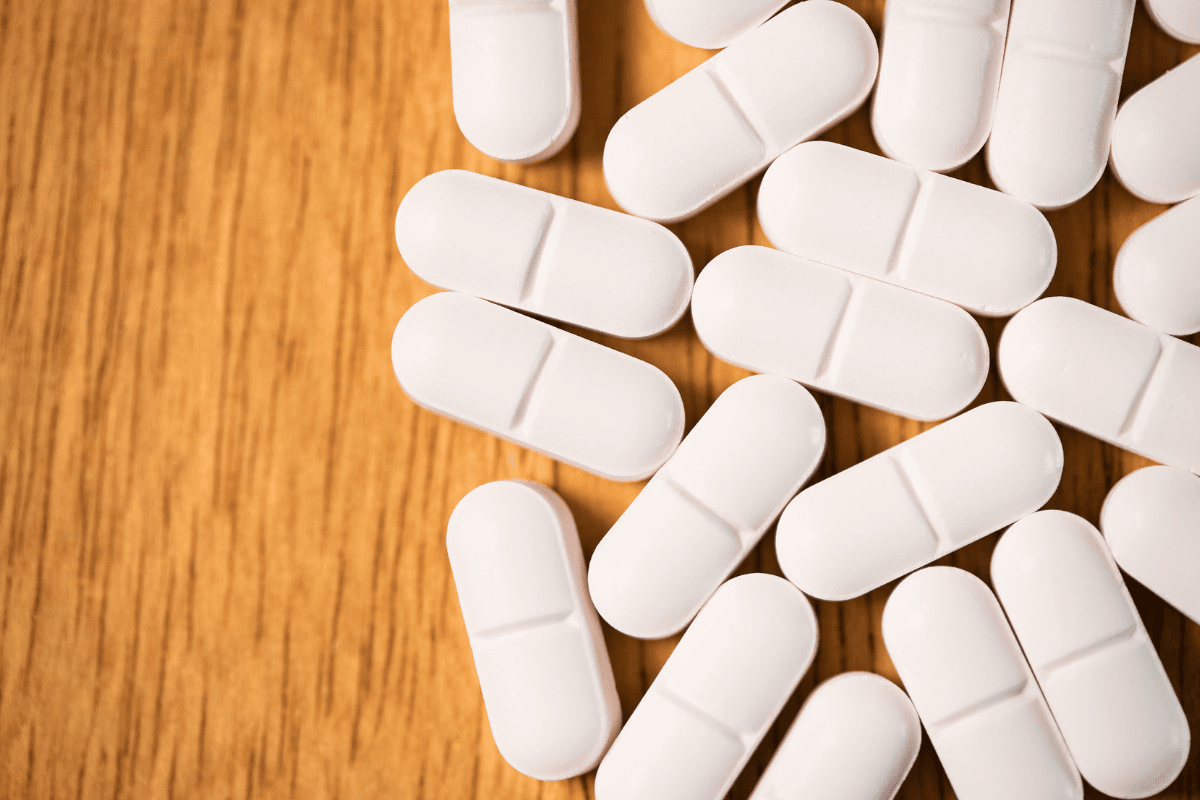Patients and caregivers often compare options before starting a blood thinner. Understanding Xarelto vs Apixaban helps you discuss trade‑offs, ask better questions, and plan daily routines. This guide translates clinical points into plain language while keeping the science intact.
Key Takeaways
- Core purpose: both reduce blood clots and stroke risk in several conditions.
- Safety nuances: bleeding risk varies by age, kidney status, and comorbidities.
- Daily fit: dosing schedule, meals, and adherence matter for real‑world outcomes.
- Switching: transitions require a plan to avoid gaps or double coverage.
Xarelto vs Apixaban: Core Similarities and Differences
Both medicines are direct factor Xa inhibitors (a clotting factor blocker). They help prevent and treat clots across conditions like atrial fibrillation, deep vein thrombosis, and pulmonary embolism. Neither requires routine INR monitoring, which simplifies life compared with warfarin. Still, clinical context matters, including kidney function, age, drug interactions, and your bleeding history.
Apixaban is typically taken twice daily, while rivaroxaban often uses once‑daily maintenance dosing. That difference can shape adherence and convenience. Food requirements also differ by dose with rivaroxaban, which may influence timing and meal planning. For a broader comparison between brands in everyday settings, see Xarelto and Eliquis for context on patient‑reported trade‑offs.
Labels and professional guidance evolve as studies accumulate. When discussing options, ask how your personal risk factors align with each drug’s profile. Small clinical details can nudge the balance toward one agent for certain patients. Your care team can help translate evidence into a safe, workable plan.
How They Work and Why It Matters
Both apixaban and rivaroxaban directly block factor Xa, a key step in the clotting cascade. This targeted mechanism reduces thrombin generation and clot formation. Clinicians sometimes compare apixaban vs rivaroxaban mechanism of action to explain why laboratory monitoring is usually unnecessary. Even so, drug interactions, organ function, and adherence still affect overall safety.
For foundational details on how apixaban works in the body, see How Apixaban Works to understand the pathway and clinical implications. You can also review the FDA label for apixaban and the FDA label for rivaroxaban for authoritative mechanism and safety descriptions.
Dosing Schedules and Adherence
Dose frequency affects daily rhythm and missed‑dose risk. Apixaban’s twice‑daily regimen spreads exposure across the day, while many patients use once‑daily maintenance dosing with rivaroxaban. Higher rivaroxaban doses are taken with food per labeling, which can help absorption but adds a mealtime step. Matching the schedule to your routine can support consistent use and steady protection.
Consider pillboxes, reminders, and travel plans when choosing a regimen. If you struggle with noon doses, discuss whether a morning‑evening split or a single evening routine fits better. Small adherence gains can translate into meaningful real‑world safety. For venous clot treatment context, see Xarelto for DVT Treatment for indications and practical scenarios.
Effectiveness and Safety in Atrial Fibrillation
Atrial fibrillation (AF) stroke prevention is a core use for both drugs. Comparative data and clinical experience suggest broadly similar stroke prevention, with bleeding profiles influenced by patient factors. Many clinicians also consider xarelto vs eliquis when evaluating AF patients who prioritize once‑daily dosing versus a potentially lower major bleeding signal seen in some observational analyses.
Evidence‑based guidelines remain a helpful anchor when choices feel complex. For a comprehensive overview, the AF management guideline summarizes risk assessment and anticoagulant selection principles. For condition‑specific insights, see Eliquis for Atrial Fibrillation to understand how clinicians frame stroke risk, bleeding risk, and patient preferences during shared decision‑making.
Tip: Bring your latest kidney labs, blood pressure readings, and medication list to visits. Having those in hand speeds up safe, individualized decisions.
Bleeding Risks and Side Effects
All anticoagulants increase bleeding risk to some degree. Clinical reviews often discuss eliquis vs xarelto bleeding risk, noting that individual risk varies by age, kidney function, concurrent medications, and history of falls or gastrointestinal issues. Nosebleeds, gum bleeding, easy bruising, and heavier menstrual bleeding can occur. Serious bleeding needs urgent evaluation.
Non‑bleeding side effects may include mild nausea or fatigue. Because side effect patterns can overlap with other medications, tracking symptoms is helpful. For detail on common reactions and precautions, see Apixaban Side Effects and Eliquis Side Effects to compare safety considerations and discuss them with your prescriber.
Alcohol can compound bleeding risk and impair judgment about symptoms. If you drink, review practical limits and warning signs. For context on balancing social habits with safety, this overview of Xarelto and Alcohol explains considerations you can adapt with your clinician’s guidance.
Kidney Function, Age, and Special Populations
Kidney function plays a central role in anticoagulant choice and dosing. Discussions of eliquis vs xarelto kidney function often highlight that apixaban may be considered in varying renal function scenarios, while rivaroxaban has specific labeling considerations tied to creatinine clearance. Fragility, low body weight, and polypharmacy in older adults can further tilt the risk‑benefit balance between agents.
In real life, clinicians blend lab results with fall risk, prior bleeding, and patient goals. Even modest changes in kidney function can alter safety margins. When planning a regimen, ask how monitoring and follow‑ups will catch changes early. For dose‑related context and careful use, see Apixaban 5 mg Dosage for a plain‑language explanation of label‑based use cases.
Note: Many drug interactions come from CYP3A4 and P‑gp pathways. Keep an updated list of prescription drugs, supplements, and over‑the‑counter products.
Everyday Side Effects and Tolerability
Patients ask about daily comfort as much as clinical endpoints. Comparisons around eliquis vs xarelto side effects often focus on bruising, minor bleeding, stomach upset, and fatigue. While many effects are mild, any notable change—especially bleeding—warrants prompt discussion. Differentiating drug effects from other causes, such as NSAID use or dental work, helps avoid unnecessary stops or risky delays.
If new symptoms start after a medication change, jot down timing and patterns. That simple log aids your clinician in deciding whether to watch, adjust, or investigate further. For a deeper dive into medication profiles and patient tips, consider What Is Apixaban for a broader orientation to direct oral anticoagulants.
Costs, Access, and Practical Factors
Financial and access issues shape long‑term adherence. Patients frequently compare xarelto vs eliquis cost, looking beyond list prices to insurance tiers, copays, and available support programs. Mail‑order and 90‑day fills may reduce pharmacy trips and improve consistency. Consider how refill timing aligns with travel, clinic visits, and lab checks.
Prices and coverage vary widely across plans and regions. To understand potential savings routes and alternatives, see Apixaban Cost Guide for common cost drivers and assistance options. For brand availability context, review Xarelto Generic Availability to see current market status and what it means for budgeting.
If you need to review labeled strengths and packaging before a visit, you can browse Eliquis Tablets and Xarelto Tablets; checking formulation details in advance can clarify questions for your prescriber.
Switching Between Anticoagulants Safely
Life events sometimes require a switch—new diagnoses, procedures, or insurance changes. Any transition between agents should minimize gaps or overlap, because too little coverage raises clot risk and too much coverage raises bleeding risk. Clinicians use structured transition plans rather than ad‑hoc timing guesses. Share exact last doses and any bridging medications at the visit.
Switching from one direct oral anticoagulant to another requires careful timing, especially around procedures. Conversations often cover conversion timing, food requirements, and how the first week feels. For context before that discussion, this comparison guide Eliquis vs Apixaban outlines clinical themes you can apply when evaluating options with your care team.
Comparisons With Other Options
Warfarin remains a valid choice for some patients, especially those with mechanical heart valves or certain cost or monitoring preferences. DOACs avoid routine INR checks but require strict adherence and attention to interactions. Observational data continue to evolve for special populations, procedures, and combination therapies. Decisions are rarely one‑size‑fits‑all.
Some patients value decades of experience with warfarin, predictable reversibility, and close monitoring. Others prefer simplified dosing, fewer dietary limits, and stable anticoagulation with DOACs. If you are weighing a brand switch or a class switch, a structured conversation about goals, routines, and barriers often reveals the better fit. For background across treatment pathways, see How Apixaban Works again for mechanism context you can compare to older therapies.
Recap
Both agents are effective, modern anticoagulants with meaningful distinctions in dosing, tolerability, and patient‑specific safety. Your age, kidney function, other medications, and daily habits can meaningfully shift the balance. Aligning those factors with evidence and your preferences creates a safer, sustainable plan. Bring your questions, and work with your clinician to configure the best option for you.
This content is for informational purposes only and is not a substitute for professional medical advice.

